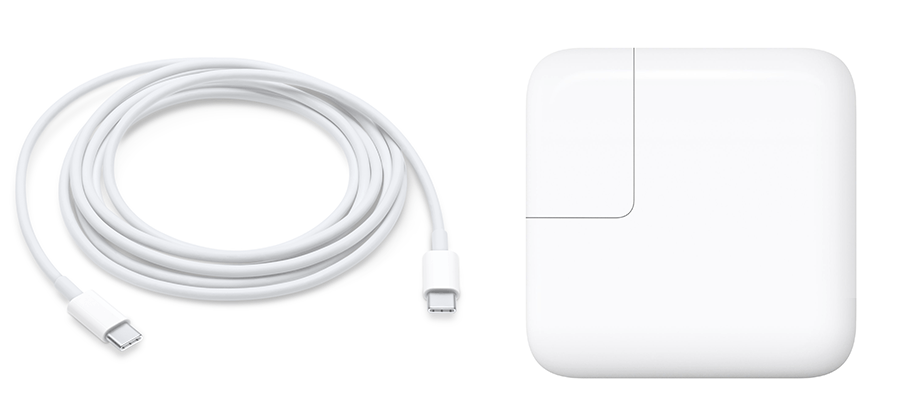The X-Factor: USB-C PD (“Fast Chargers”)

So far we’ve only talked about standard USB chargers, but there’s a big exception with the new kid on the block: USB-C Power Distribution chargers, or “USB-PD.” These are the “fast chargers” that you can buy for more recent iPhone models, which use Apple’s Lightning to USB-C cable, and in fact this is what comes in the box with Apple’s new iPhone 11 Pro models.
The rules for a USB-C PD charger are very different from standard USB, since the USB-PD spec includes several “power profiles” that offer charging at different voltages depending on what the device wants. This means that with USB-PD, the iPhone does need to negotiate with the charger to arrange the proper charging power — both current and voltage. If a USB-C PD charger wasn’t designed to spec, or possibly even if the Lightning to USB-C cable interfered with the negotiation, it’s definitely possible for the charger to supply too much voltage.
We suspect this is one of the main reasons why Apple took so long to license its Lightning to USB-C chips even to its own MFi partners. We strongly recommend against ever buying a USB-C to Lightning cable from anybody but Apple or a known Apple-certified MFi partner. The higher power levels employed by USB-PD chargers — up to 100 watts, or 20 volts at five amps — make this a much more serious risk; pumping 20 volts into your iPhone because your cable/charger failed to negotiate the proper charging profile is guaranteed to permanently fry your iPhone’s internal components, and you might even get some nice acrid blue smoke to go along with it.
